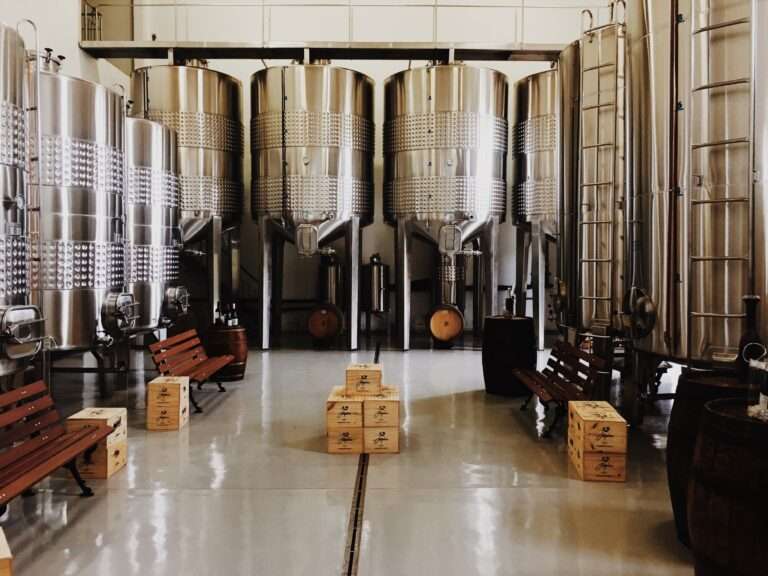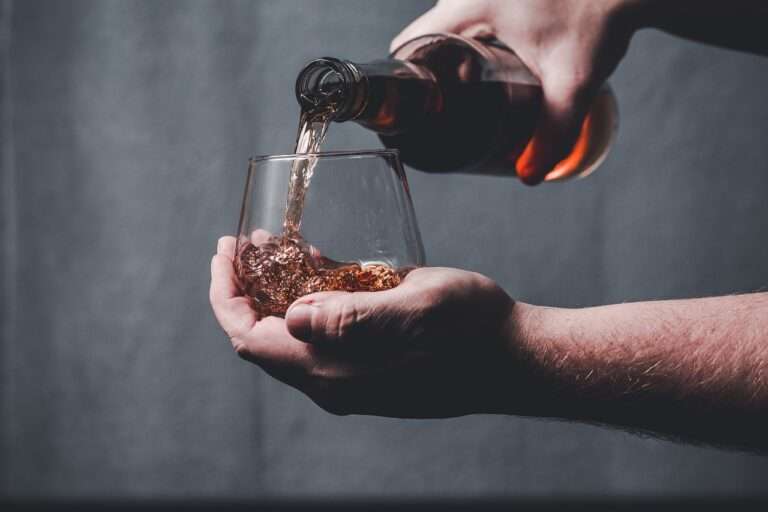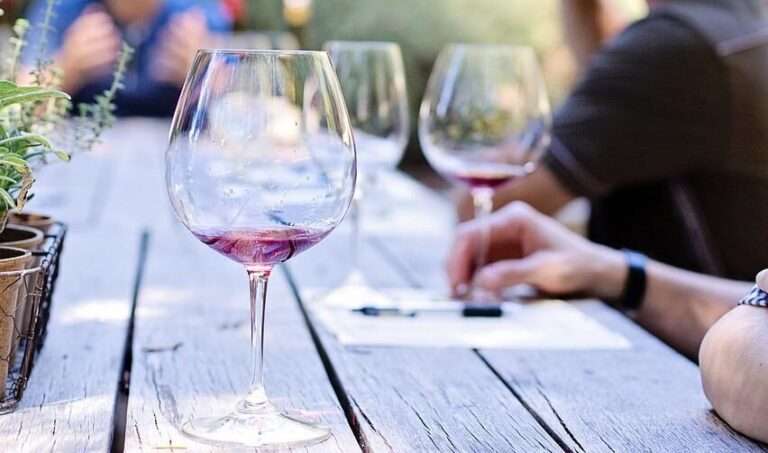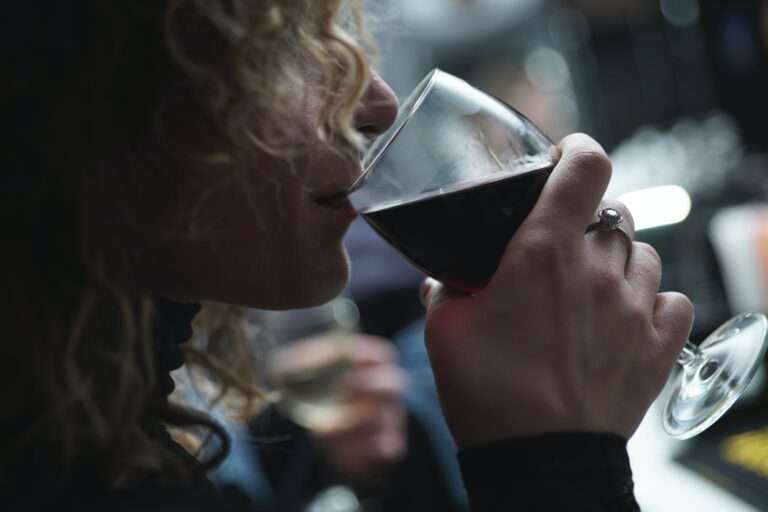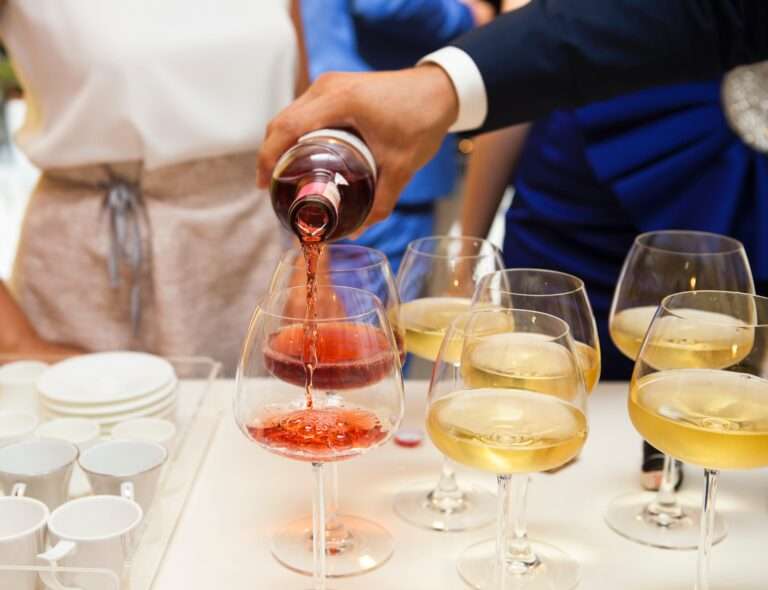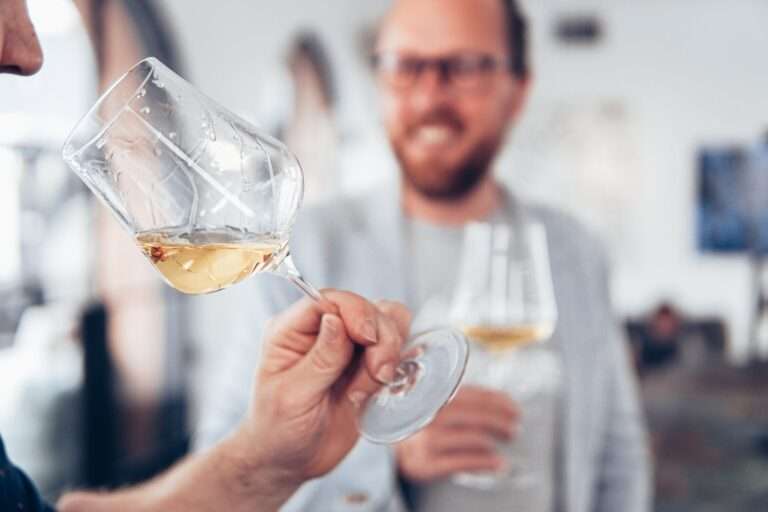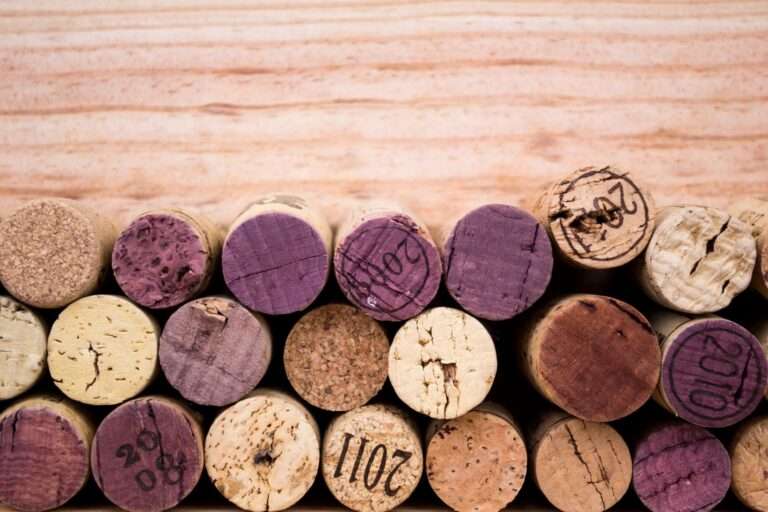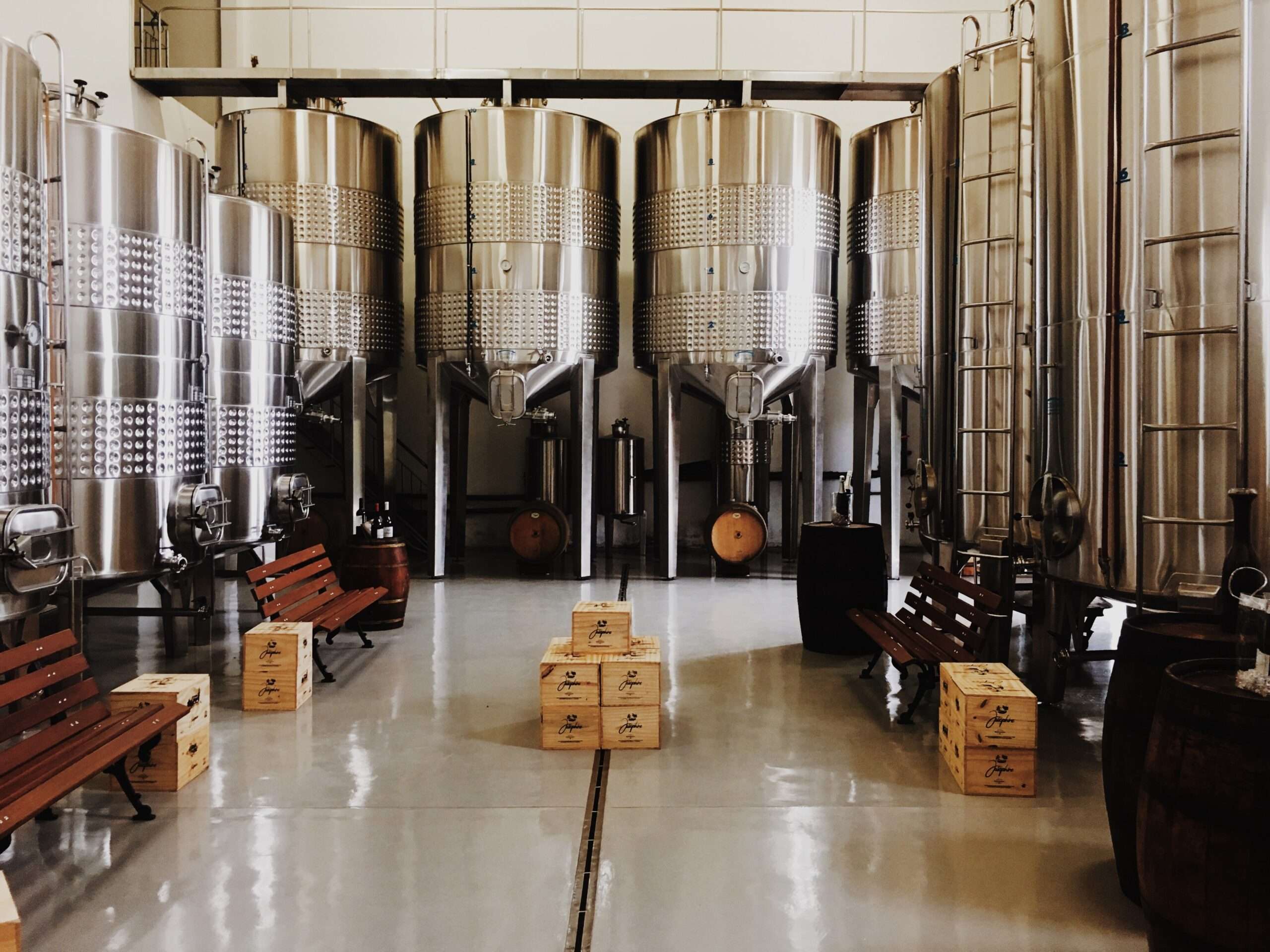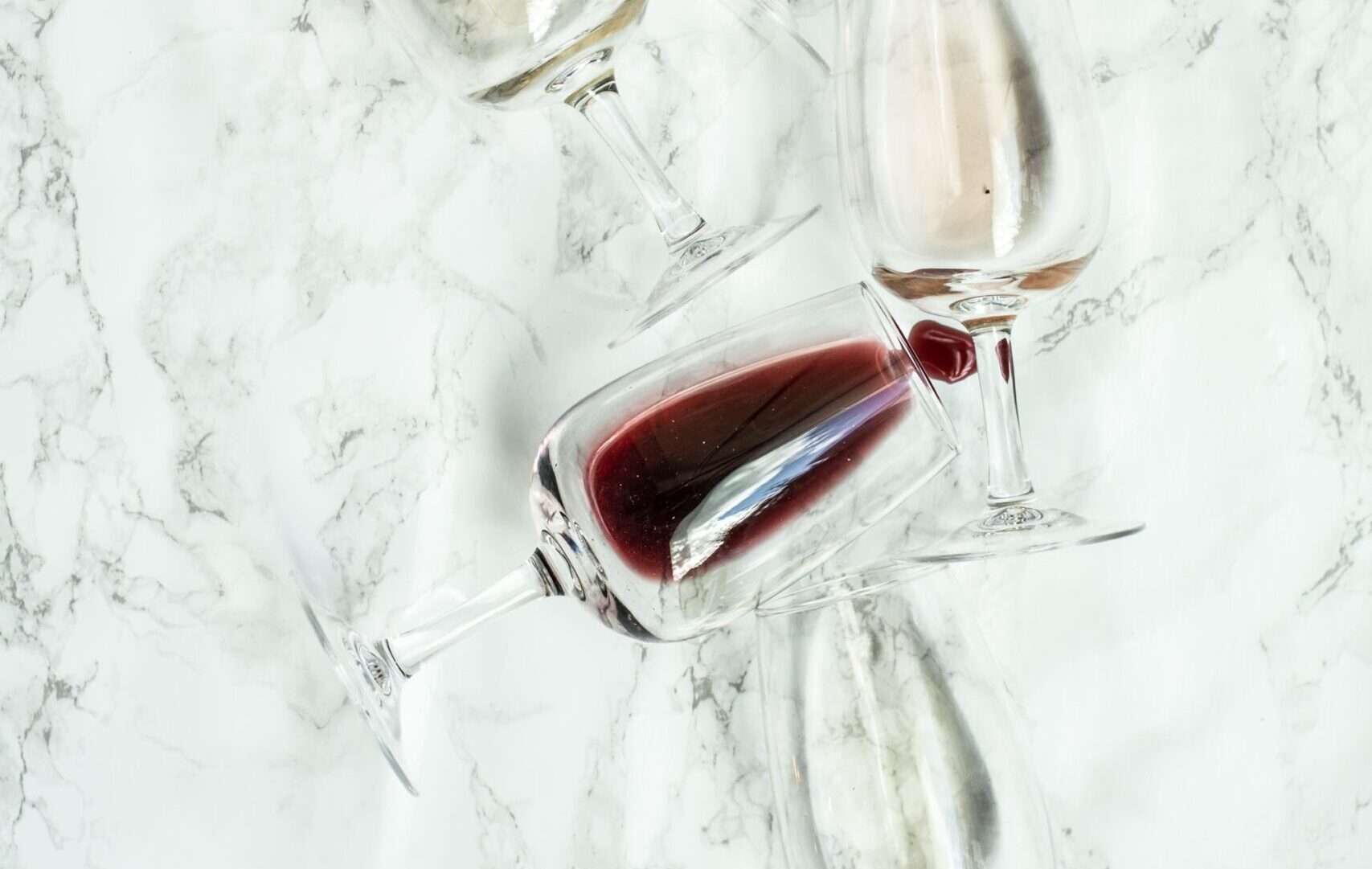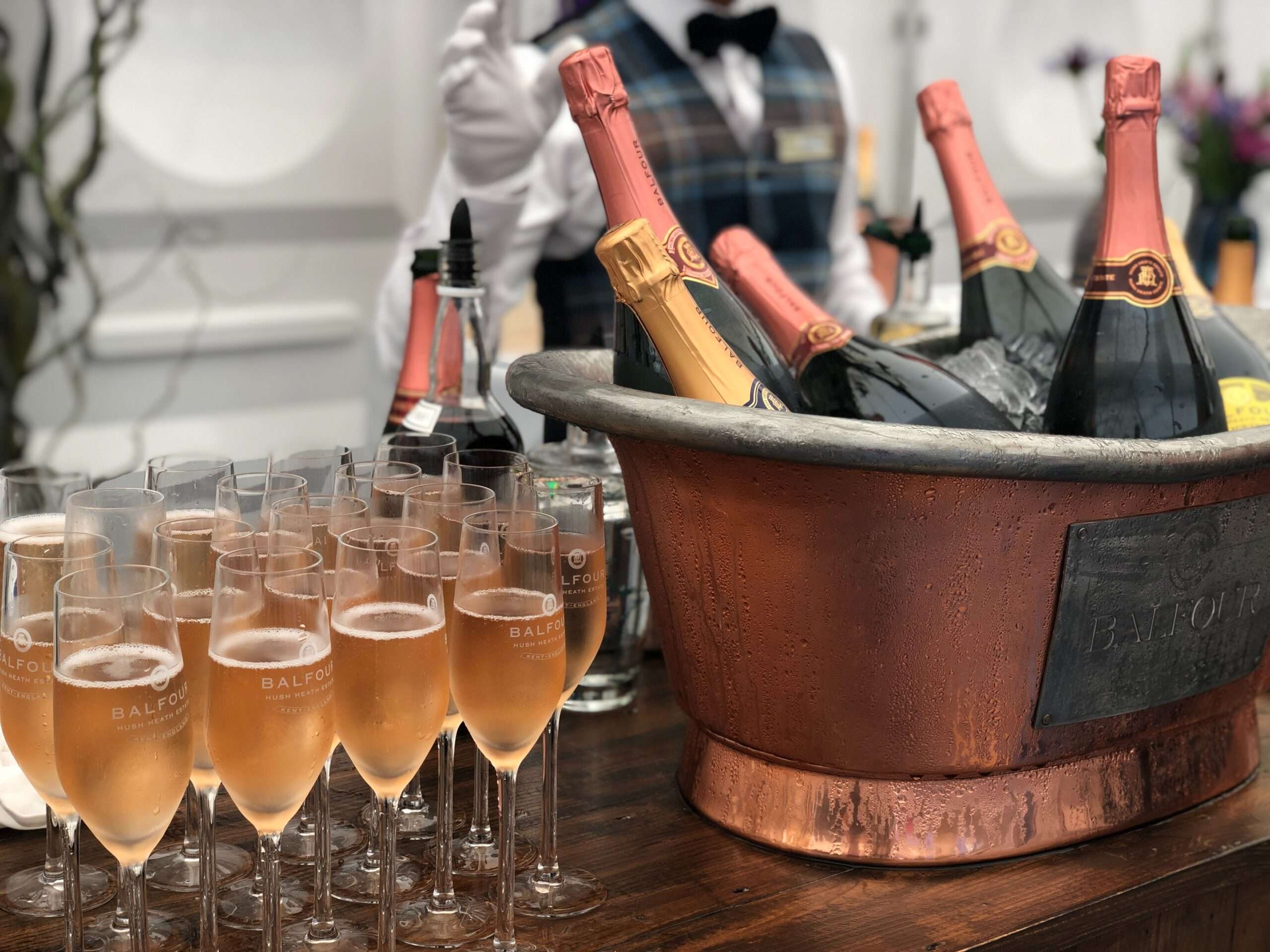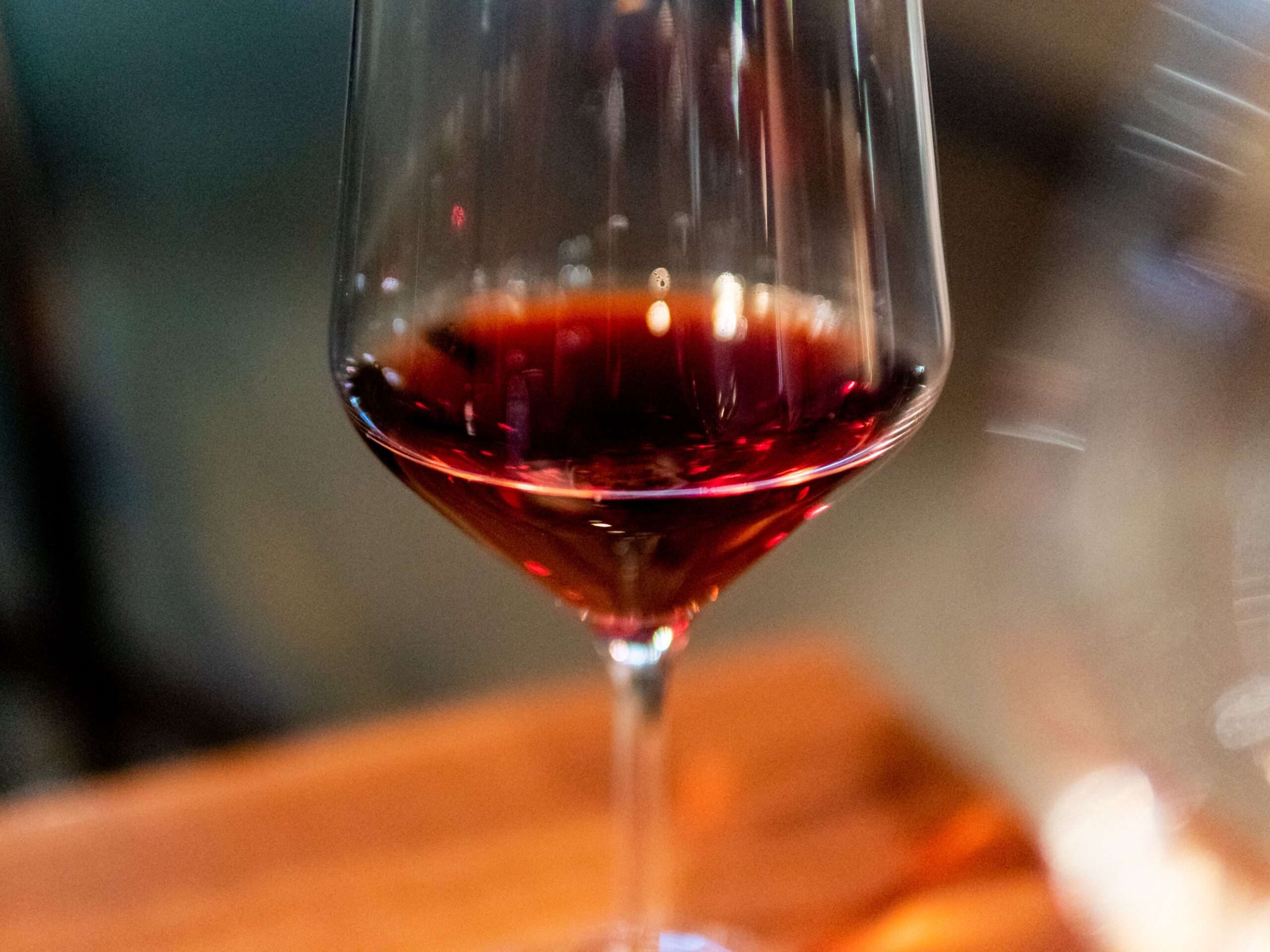Are you interested in going wine tasting with your friends but have never really enjoyed wine when you tasted it? Or perhaps you enjoy drinking white wine and would like to develop your palate for red wine. Some specific steps and tips will help you develop a taste for wine.
You can develop your taste for wine by beginning with white wine instead of red, leaving the wine to breathe, using a proper wine glass, and taking a slow and adequate sip of wine. Smelling and observing the properties of the wine is as important as tasting it.
Wine, like black coffee or dark chocolate, requires an acquired taste. Usually, you have to develop your palate for wine, and there are certain factors to consider to optimize your wine drinking or tasting experience. Specific wines can be recommended for beginners wanting to develop their taste for wine.
How To Develop A Taste For Wine
Few people taste wine and immediately love it. It is not too difficult to develop a palate for wine; simply follow the guidelines and tips that have helped many people eventually develop a love for wine.
The word “palate” directly means the roof of your mouth. When people talk about developing a palate for something, like wine, it more broadly refers to taste. This is because your palate is made up of many different taste receptors.
To develop your taste or palate for wine, it’s essential to focus on all aspects. Another sense organ that is important when creating your palate is your nose. Smelling the aroma of the wine before tasting it is just as important – if not more important – and will help you identify all the different flavors.
Begin With A White Wine
White wines are easier to develop a taste for beginners than red wines. This is because red wines are often dryer and more difficult to swallow than white wines, which can be crisp, sweet, and much lighter.
Both white and red wine has tannins – a compound in wine that gives you a “dry-mouth” feeling. Tannins in wine come from the grape juice’s contact with the grapes’ skin, seeds, and stems.
Red wines have more tannins than white, which is one reason why red wine can be more challenging to drink for beginners. Red grapes’ juice softens with its skins, but white grapes’ juice is usually separated from the skins. This explains why red wine is more tannic than white wine.
The tannins in red wine are also on a scale, so some red wines are softer and smoother, making them good red options for beginners. However, white wine is the safest option if your goal is to develop your wine palate from scratch.
Let The Wine Breathe Before Pouring
Once a bottle of wine is open, leave it open for about 20 minutes before pouring. Wine needs a certain amount of time to “breathe” to ensure all the flavors and aromas reach their full potential.
A new bottle of wine needs to be exposed to air to oxidize. If you have wine straight after opening it, the taste will not be as complete and rich as when you let it sit for a while. You could also pour the wine into your glass and let it rest in the glass before taking a sip.
This step does not apply to an already opened glass of wine, and you can go ahead and pour some wine directly into the glass if this is the case. However, for tasting purposes, it may be better to begin with a new bottle of wine.
Use A Proper Wine Glass
Using an ordinary shaped glass to taste or drink wine will not have the desired effect as using a proper wine glass. Wine glasses are designed to place emphasis on the aromas of wine specifically.
The wine glass also traps the smell of the wine for you to have the complete sensation. Getting the aroma of the wine is as important as tasting it. Already you will be able to get a feel for the flavors and notes of the specific wine you are tasting.
You may smell different fruity or herbal undertones. There are also different wine glasses for white and red wines. If you can, try to taste white or red wine in their respective glasses. You may have seen that red wine glasses are bigger than white wine glasses.
Swirl The Wine Around In The Glass
You have probably seen this on the television with fancy wine tasting competitions, but experts recommend swirling the wine gently in the glass before taking a sip. This swirling action allows the wine to open up.
More specifically, you can observe how the wine sticks to the glass walls – or if it doesn’t. Whether the wine sticks or not says something about the amount of fruit juice in a wine. If it sticks to the sides more, it likely has more fruit juice.
Another thing that you can observe by swirling the wine around is the color. The darker the wine, the bolder the taste. Typically, expert tasters will assess these aspects and remark on how the wine will taste before taking their first sip.
This step is obviously not so necessary for beginners but can be a fun experience, especially when developing your taste for wine. Smelling, observing, and finally tasting the wine is all part of the process.
Take A Sip Of Wine Properly And Slowly
The key here is to savor the sip. Don’t just take a drink and swallow it immediately. Take a sip of wine, and let it flow around in your mouth, reaching all the taste receptors. Let the wine flow over your tongue, down the sides, and underneath your tongue.
This tasting experience can make a difference in how the wine tastes and help your palate get used to the full-bodied taste of the wine. If you are practicing to get drink wine, then you can swallow the sip and repeat the step.
However, some people spit it out for a proper wine tasting and breathe air through the mouth to make the flavor of the wine even more apparent. Whatever you choose, to build a good palate for wine, it’s essential to do everything slowly. Savor the moment!
Drinking or sipping wine slowly is vital in getting this acquired taste. It allows your senses to take over and gives the brain enough time to analyze various smells and tastes.
Taste Wine With Food
For beginners, this is a great tip. A great idea would be to pair different cheese and wine. If your main goal is to develop your palate for wine, then using food to balance the flavors of the wine can increase the whole experience for you.
You may have heard of simple food and wine pairings, like drinking white wine with fish and chicken or having red with red meat. These pairings complement each other and can help you develop your taste for wine. Even beginning to drink wine with a meal can help you get used to the flavors and aromas of the wine.
Keep Trying New And Different Wines
There are so many different flavors in both white and red wine. Most people do not enjoy every single type of wine, whether a beginner or an expert. The trick is to continue experimenting until you find something that you enjoy.
Even for wines that you can only tolerate initially, it is possible to adapt your palate even to enjoy them later on. The bold and rich flavors are intense at first, but you get used to them over time and can look forward to trying new and exciting flavors.
Memorize Certain Aspects Of A Wine
Closely related to trying new wines and being creative, another strategy to develop a taste for wine is to remember the important aspects of specific wines. For example, you can build a memory of wines with distinct fruity undertones, like grapefruit.
Building a wine memory helps you to identify your favorites, and your not-so-favorites and also helps with wine and food pairings. Remembering evident aromas and tastes of certain wines makes it easier to keep on developing your palate, during wine tastings, for example.
Specific Wine Options To Develop A Taste For Wine
Many people will have different experiences with their ability to acquire a taste for wine. Usually, the lighter white and red wines are easier on the palate, but sometimes the bolder and more full-bodied flavors are appreciated pretty soon.
White wines are the better option for beginners. You can start by tasting a Riesling wine, which is sweet and crisp. Other white options include Chardonnay and Sauvignon Blanc. Both of these can be fruity but not too overwhelming for the palate.
Beginners can also enjoy red wine, as some people may prefer the taste of red over white right away. If you can tolerate red wine from the beginning, consider starting with a Pinot Noir, which is one of the lighter red wines. It also has a fruity flavor with a smooth taste.
Another great red wine option for beginners is a Merlot which has slightly fewer tannins and is a light wine. For the ones who feel ready to venture into a bolder wine and are ready to level up in their wine tasting journey, a suggestion is Syrah which is very rich in different flavors.
Often beginners won’t enjoy red wines and describe them as too heavy with robust flavors. Experts or wine enthusiasts tend to enjoy red the most. This shows how our palate can change and adapt while experiencing different aromas and tastes over time.
There are so many different wines available for wine lovers, but some are a must-try if you want to become an expert. The Bordeaux Cabernet or Merlot blends are a fantastic red wine option and should not be missed.
Try the French Chardonnay for a bit of a crisper and lighter wine. The Chianti is a classic Italian wine, and the Barolo is another excellent choice. Natural wines and aged wines are two categories that you could also venture into as you try more wines.
Natural wines refer to wines that have been made with very few human or industrial factors. Some love them; others don’t. Aged wines can have an altogether different flavor, and they should definitely be on your list to try.
How To Clear Your Palate For Wine
During a wine tasting, which can be a great activity to develop your taste for wine, you should cleanse your palate between wines. Whether you are doing a wine tasting at home or on a wine farm, there are simple steps to clear your palate.
Cleansing your palate is vital to properly taste the flavors in all the different wines so that all the tastes don’t merge into one. If you don’t cleanse your palate before moving on to the next wine, you will still have the remainder of the taste of the previous wine.
Good quality white bread is a great option as a palate cleanser. Take a bite of plain bread between wines (no jams or butter). Plain white crackers are another good option if you don’t have bread, as both these foods have very neutral flavors.
After the bread, have some plain water and continue to the next wine. Repeat these steps between each wine to maximize the tasting experience. Other options for palate cleansers are cheese or fruit, but bread remains the best neutral-tasting choice.
Conclusion
To develop your palate for wine, you need to use both smell and taste purposefully while tasting wine. Use a proper wine glass, notice the aroma of the wine while swirling it in the glass, and take a good sip.
Good beginner wine options include a Sauvignon Blanc, Riesling, and Chardonnay for white wines. If you want to step up your wine tasting and try red wine, a Pinot Noir and Merlot are excellent choices for beginners to novices.


